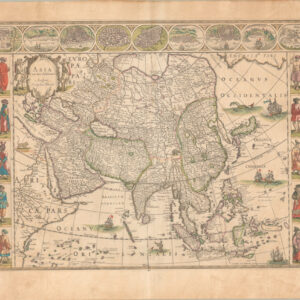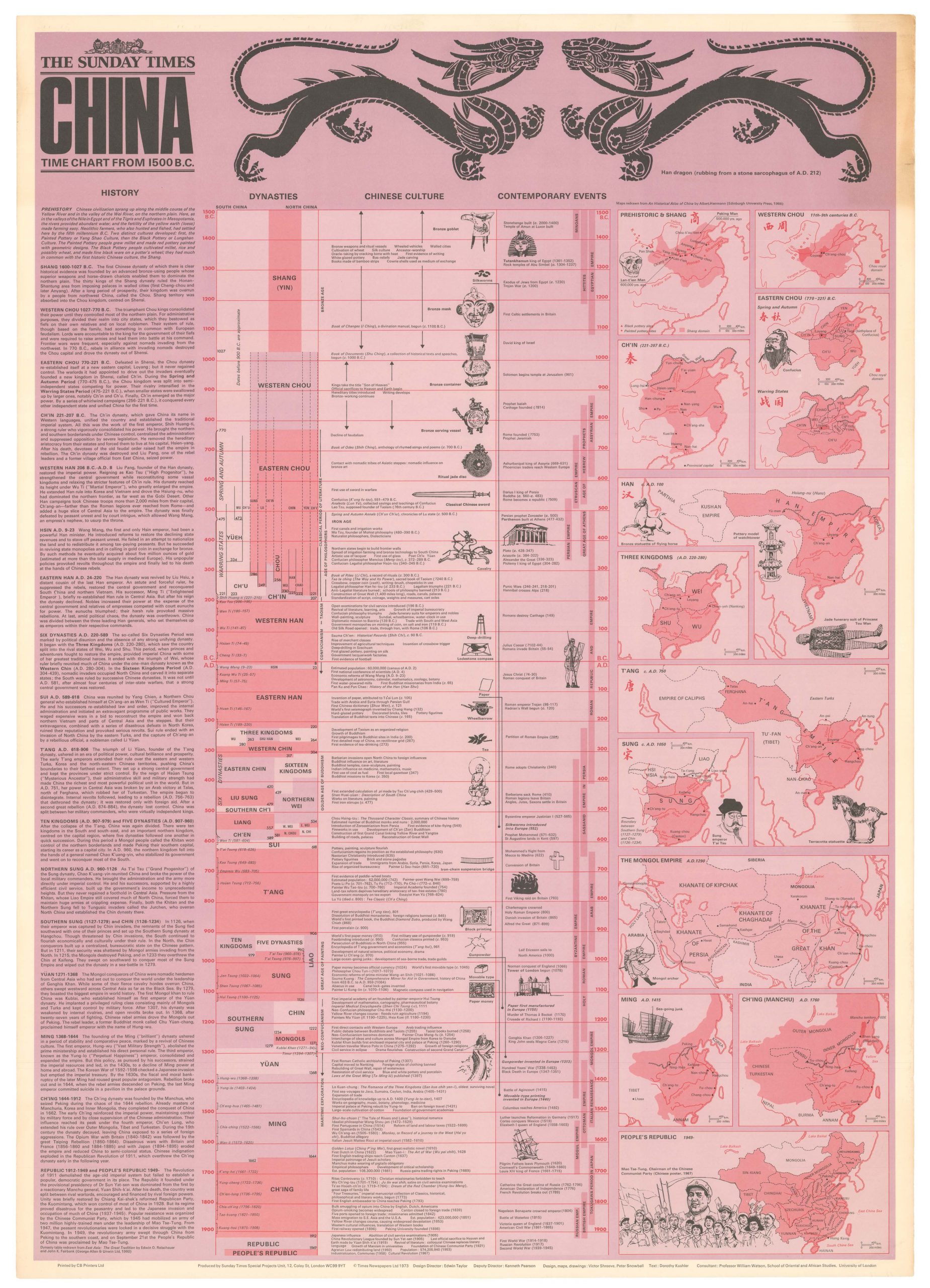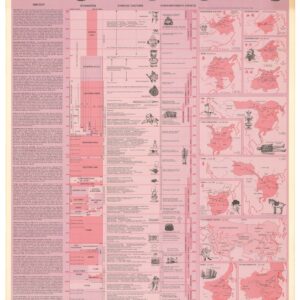Mercator & Hondius’s striking 1609 map of Ceylon
Ins. Ceilan que incolis Tenarisin dictur
Out of stock
Description
Early map of Sri Lanka with north oriented to the left by an especially elaborate compass rose, and shown with an unusual five sided shape.
The map is exquisitely engraved with pictorial detail of mountains, roads, forests, villages, kingdoms, mines, stupas and spice plantations. It is embellished with three baroque cartouches. A ship sails the seas, and animals roam the interior (including a large elephant being ridden by a man).
In 1606 J. Hondius introduced in the Mercator Atlas a separate map of Ceylon, which was prepared by Petrus Plancius, at the time the official map maker of the V.O.C.
Verso Text: French
Cartographer(s):
Gerardus Mercator (March 1512 – 2 December 1594) was a 16th-century geographer, cosmographer, and cartographer from the County of Flanders. He is most renowned for creating the 1569 world map based on a new projection that represented sailing courses of constant bearing (rhumb lines) as straight lines—an innovation that is still employed in nautical charts.
Mercator was one of the pioneers of cartography and is widely considered the most notable figure of the Netherlandish school of cartography in its golden age (approximately 1570s–1670s). In his own day, he was notable as a maker of globes and scientific instruments. In addition, he had interests in theology, philosophy, history, mathematics, and geomagnetism. He was also an accomplished engraver and calligrapher.
Jodocus HondiusJodocus Hondius (14 October 1563 – 12 February 1612) was a Flemish engraver and cartographer. He is sometimes called Jodocus Hondius the Elder to distinguish him from his son Jodocus Hondius II.
Hondius is best known for his early maps of the New World and Europe, for re-establishing the reputation of the work of Gerard Mercator, and for his portraits of Francis Drake. One of the notable figures in the Golden Age of Dutch/Netherlandish cartography (c. 1570s–1670s), he helped establish Amsterdam as the center of cartography in Europe in the 17th century.
Condition Description
Vivid colors, some minor browning, foxing.
References
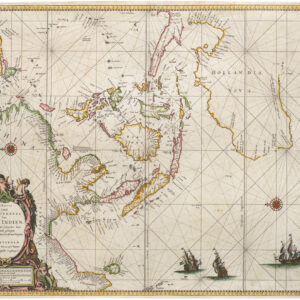
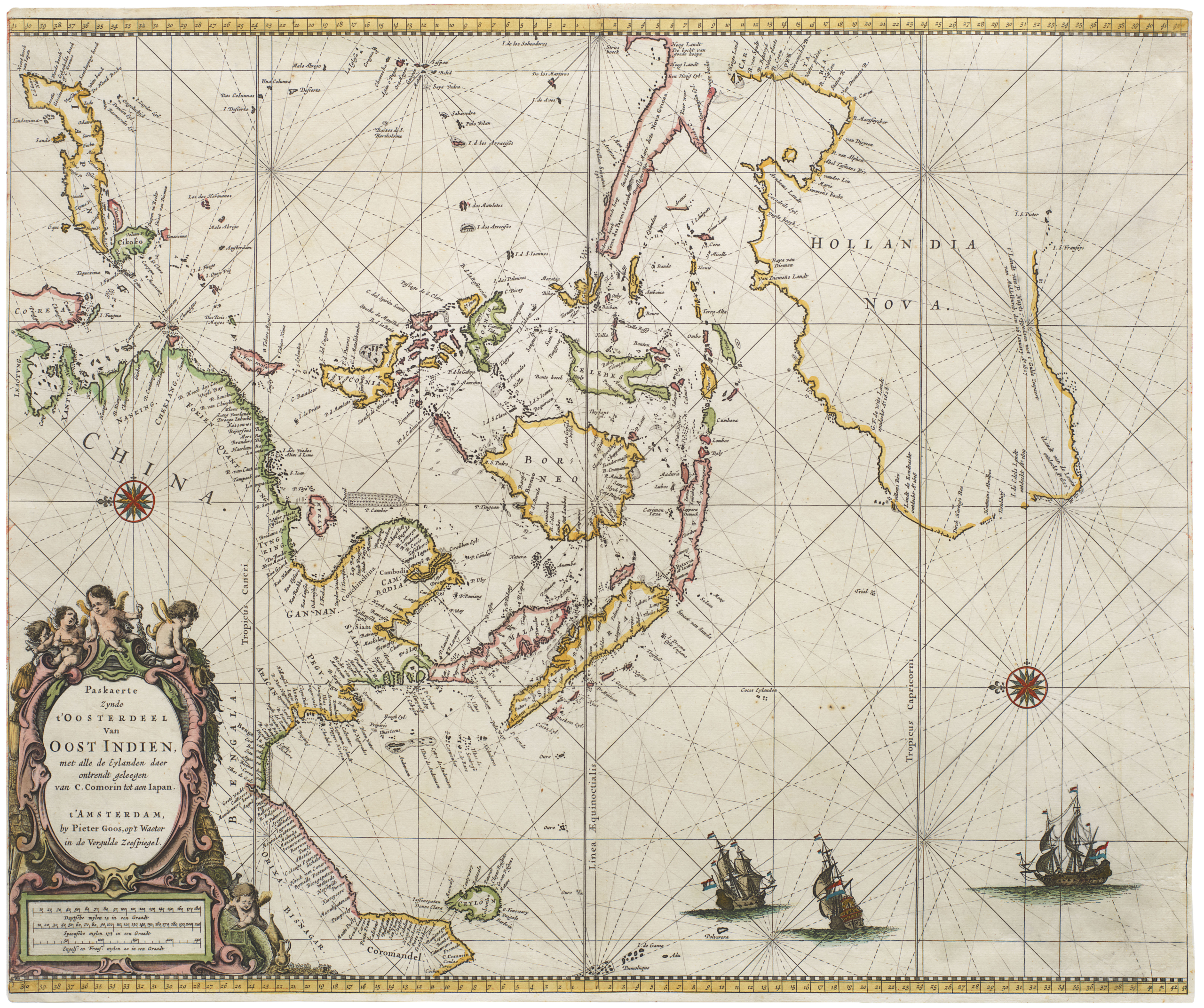
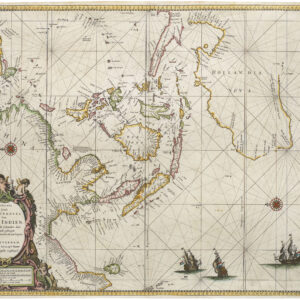
![[Sri Lanka] Tabula Duodecima Dasia](https://neatlinemaps.com/wp-content/uploads/2023/03/NL-01721_thumbnail-300x300.jpg)
